The health and wellness industry is having a serious moment—particularly when it comes to vitamins and supplements. According to the 2019 CRN Consumer Survey on Dietary Supplements, 76 percent of Americans have taken vitamins in the past 12 months. No wonder good vitamin branding is becoming more and more important for supplement brands.
Because of the high demand, more new vitamins and supplements are hitting the shelves than ever. But launching a successful vitamin or supplement company is a complicated business. Once you’ve actually developed your product, you need to figure out how to break through the clutter, grab your ideal customer’s attention, and show them why they should trust your vitamin brand above the thousands of other options on the market.

And how do you do that? With the right branding.
Vitamin branding is the key to establishing yourself as a must-try brand in the health and wellness space—instead of just another nameless supplement hiding in the back of the vitamin aisle at the local health food store.
But what, exactly, is supplement branding? How do you do it effectively? And what considerations do you need to take when branding your vitamin to make sure your product is the one that all the wellness devotees are talking about? In this guide we walk you through the branding process from start to finish.
- Branding basics
- Questions to answer before branding
- The ethics of vitamin branding
- Establish your point of difference
- Define your brand identity
- Design your key elements
- Branding yourself across platforms
- Vitamin branding trends to consider
Branding basics
—
First things first—before we dive into vitamin branding or supplement branding, let’s first cover the basics of what branding (in general) actually is.
When it comes to branding your vitamin business (or any business, for that matter), there are three basic concepts you need to understand, known as the “three B’s”—brand, branding, and brand identity.
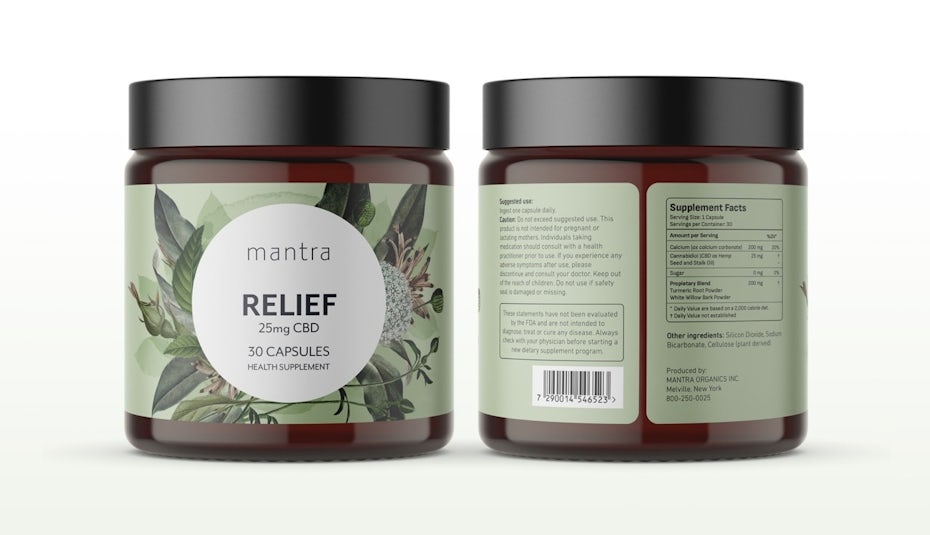
So, what are these three B’s—and how do they play into building a successful brand?
- Your brand is the perception of your company out in the world.
- Branding is any action you take to shape your brand; branding is the active practice of bringing your unique brand to life.
- Your brand identity is each of the core elements you bring to life in the branding process—like your logo, your website, and your vitamin packaging—to communicate your brand message to your audience.
Essentially, each of the three B’s is like a different piece of the brand-building puzzle. And in order to build a successful, sustainable vitamin and supplement business—or, in other words, to assemble the puzzle—you need all three pieces.
Questions to answer before you brand
—
In order to build a cohesive vitamin or supplement brand, you really need to dig deep on who you are, what makes you stand out, and how you’re going to communicate those things in the market.
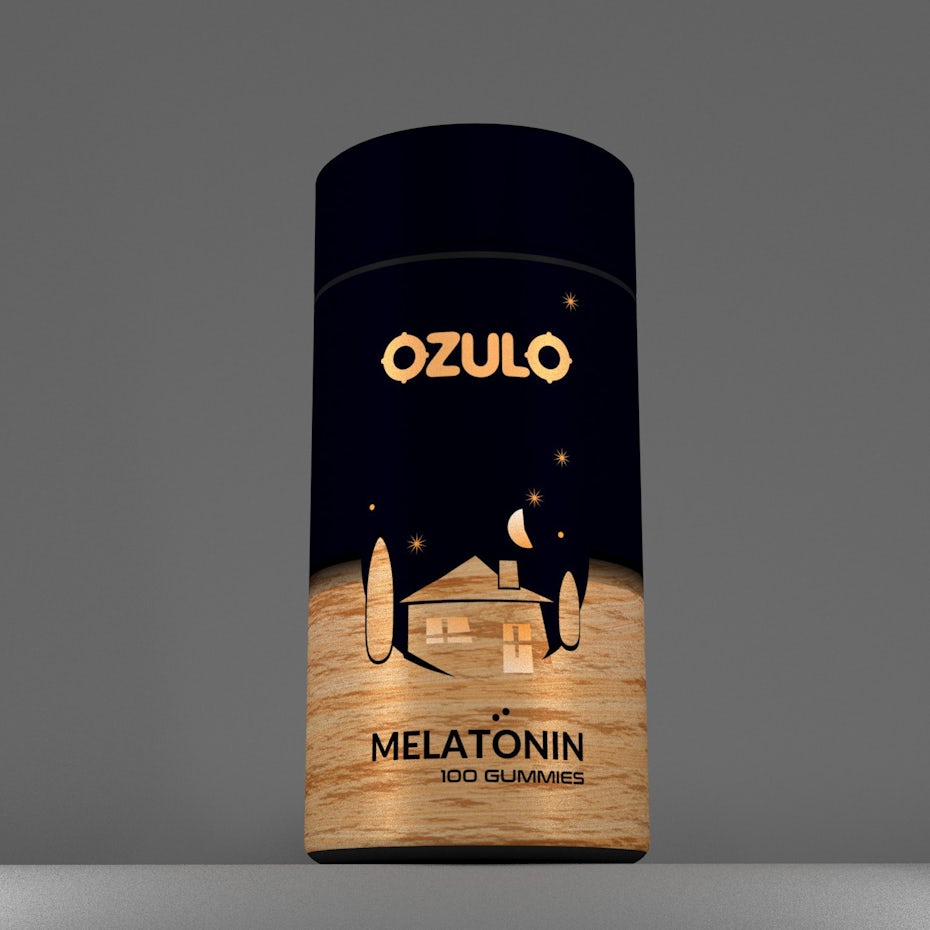
Here are a few questions you’ll want to answer before you jump into the branding process:
- Who are you? Who are you as a company—and how do you want to communicate that identity to your audience
- If you could describe your brand in three words, what would they be? Boiling your brand down to a few simple adjectives can help streamline the process and act as a key driver for your branding strategy.
- What are your competitors doing—and how are you different? The last thing you want is to build a vitamin brand that blends in. You want to stand out! So what makes you different from the hundreds of other options on the shelves?
- What are your mission and values? People want to do business with brands that align with their personal mission and values—especially when that brand creates products they’re going to be putting into their body. Taking the time to define your brand’s mission and values—and how you’re going to communicate that in your branding—can help you better align with your target audience.
- Who is your ideal customer? You can’t build a supplement brand that’s going to connect with your ideal customers if you don’t know who your ideal customers actually are. Make sure to research the wellness market, identify which demographic you want to target, and create an ideal customer avatar to help guide your branding process.
- Where am I selling my vitamins/supplements? There are a huge number of ways to sell your vitamins and supplements, from opening your own brick and mortar location to selling through ecommerce to partnering with large retailers or local businesses. Defining your strategy from the get-go can help you develop a branding strategy that makes the most sense for your distribution channels and end customers.

The ethics of vitamin branding
—
Branding a vitamin or supplement company is different from building a clothing brand or launching an ecommerce shop; there are certain rules, regulations, and ethics involved.
Let’s start with rules and regulations. The United States Food and Drug Administration (better known as the FDA) has strict guidelines on labeling for vitamins and supplements; for example, in order to claim your supplement is high in vitamin C, it must contain more than 20 percent of the recommended daily value for the vitamin. Before you make any nutritional claims on your label, it’s important to make sure those claims are in line with the FDA guidelines; otherwise your company could be penalized or your products pulled from the market.

The same goes for disease claims. According to the FDA guidelines, a disease claim is defined as a “claim to diagnose, cure, mitigate, treat, or prevent disease. Disease claims require prior approval by FDA and may be made only for approved drug products.” So, unless your vitamin or supplement has been approved by the FDA as a treatment for a specific disease, you can’t make any disease claims on your labeling.

Outside of following industry rules and regulations, you also need to build a sense of trust through your branding. While trust is always an important part of brand/customer relationships, it’s especially important for brands in the vitamin and supplement industry—since your customers are going to be consuming your products.
Establish your point of difference
—
If you’ve visited a health food store in recent years, you already know that there are hundreds—if not thousands—of supplements on the shelves. If you want our product to get into the hands of your ideal customers, you need a way to stand out.
Your POD is like your “brand special sauce;” it’s what sets you apart and convinces your customers they should try your brand of vitamins and supplements instead of the thousands of other options out there—and it should be infused into every part of your branding.

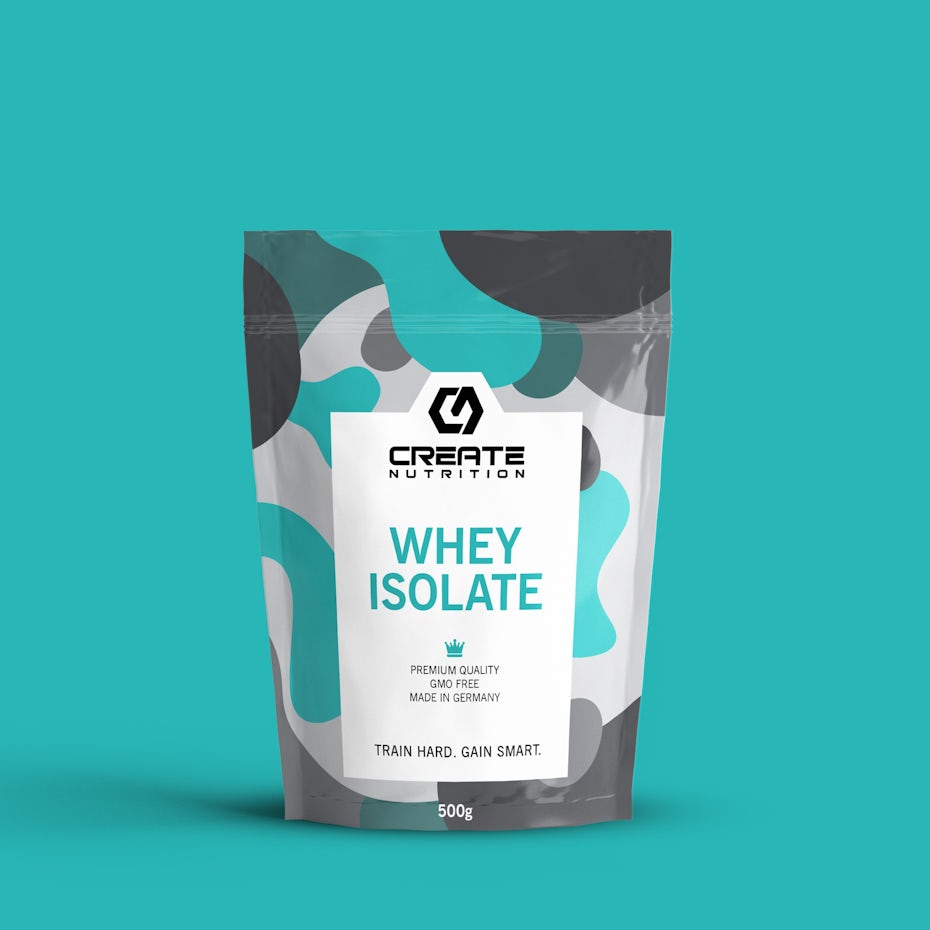
So, for example, let’s say your POD is your supplement contains a proprietary blend of antioxidants that help support immune function. That messaging should be front and center on all of your branding elements, from your vitamin packaging to your social media profiles to your website (you might even have an entire page dedicated to your antioxidant blend, the science behind it, and the benefits!). Wherever your customers interact with your brand, they should immediately know about your antioxidant blend powerhouse—and how they can benefit.
If you’re not sure what your POD is, don’t worry! That just means you need to dig a little deeper into your brand.
When you’re trying to figure out your point of difference, some key questions you may want to ask yourself include:
- What does our brand do better than anyone else?
- Why would our potential customers want to work with us over our competitors?
- What do we stand for as a brand?
- What’s something new and different we’re bringing to the wellness industry?
Digging deeper on who you are, how you’re different, and what you bring to the wellness world can help you develop a strong point of difference—and that POD can help you break through the clutter of the vitamin and supplement industry and establish yourself as a must-try brand.
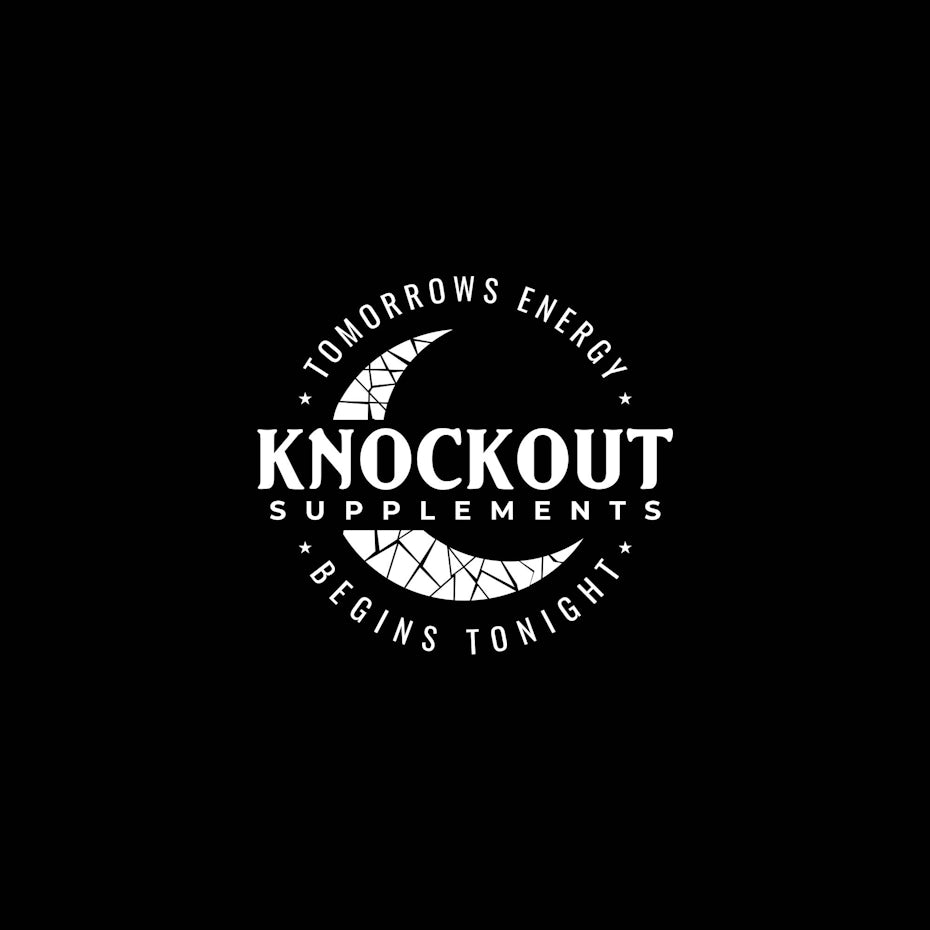

Define your brand identity
—
The next step of the vitamin branding process is defining the core design elements of your brand identity.
Those elements include:
- Typography. The brand fonts and typography you use in your brand designs can send a strong message to your customers about who you are and what you’re about as a brand. For example, using a modern sans serif font on your vitamin packaging is going to send a very different message than a graphic font. Make sure whichever fonts you choose for your brand align with the message you’re trying to send.
- Color palette. People tend to have strong associations with color—and when you understand color psychology, you can strategically use color to inspire specific reactions, behaviors, and emotions in your audience. For example, if you’re launching a line of supplements that help with hydration, you might want to incorporate blue into your brand color palette, which people associate with water. If you’re launching a line of women’s vitamins, you might want to consider pink, which is traditionally associated with femininity.
- Form/shape. The forms and shapes you use (like sharp corners vs. rounded corners) can create a very different look and feel for your vitamin brand. So, for example, if you’re launching a new line of prenatal vitamins, a more rounded shape would probably feel like a better fit than something sharp or angular. Make sure to choose forms and shapes that fit with the kind of brand you’re trying to create.
- Brand voice. Every strong brand needs a strong brand voice—and defining that voice from the get-go can help to create a consistent brand experience for your customers. So, for example, if you want to appeal to wellness enthusiasts, using positive, empowering language will probably land better than a more sarcastic brand voice.

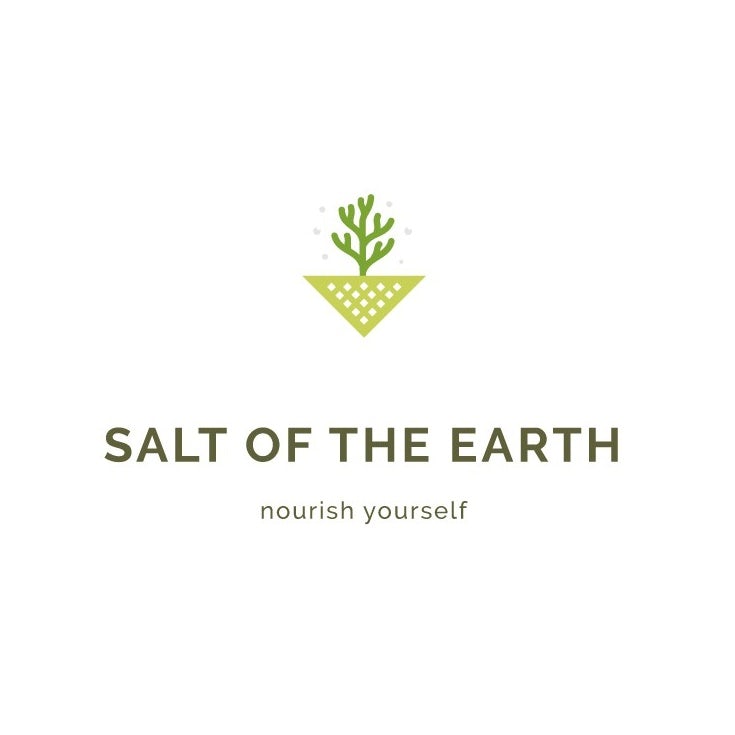

Design your key brand elements
—
Once you’ve defined the basics of your brand identity, it’s time to leverage those basics to create the essential elements of your supplement branding.
There are a few key branding elements you’ll need to launch your vitamin brand, including:
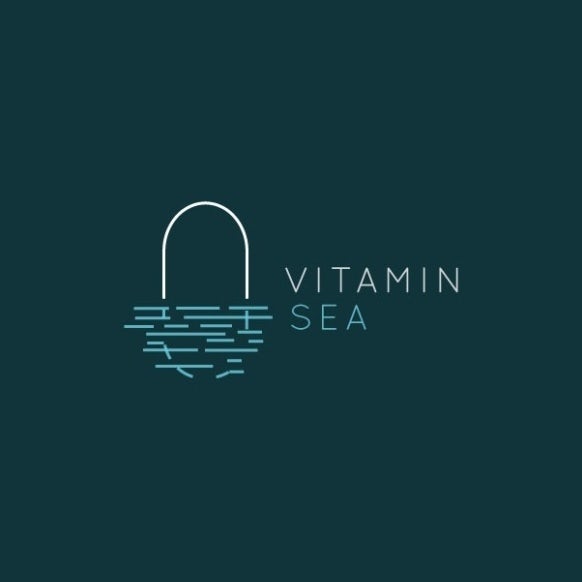
- Logo. Think of your logo as the face of your supplement brand; because your logo is such a visible part of your branding, it’s one of the most important elements to get right. Make sure you spend the time, energy, and resources necessary to develop a unique, on-brand logo.
- Website. Every brand needs a website—including vitamin brands. Not only do you need to create a website that’s well-designed, on brand, and grabs your customers’ attention, but you also need to make sure that any website copy is compliant with FDA guidelines.
- Packaging. As mentioned, there’s a lot of competition in the vitamin industry—so creating eye-catching packaging is important. But it’s also important to think about functionality and compliance; not only does your packaging have to look good, but it also needs to be safe and effective in storing your product.
- Marketing brochures and educational materials. Some stores allow you to leave marketing or educational materials for customers—and if that’s the case for your products, that’s another brand element you’ll need to design and develop. Again, just remember—it’s important to make sure any writing or copy is fully compliant with vitamin industry guidelines.
Each of these elements plays an important role in launching a successful vitamin brand—so, before you move forward with your brand launch, make sure each element is designed, on-brand, and ready to go.


Branding yourself across platforms
—
Like we mentioned earlier, building a successful vitamin or supplement brand is all about trust. And if you want your customers to trust you, it’s important that they have a consistent experience with your brand—no matter where they encounter you.

When you’re building your brand strategy, it’s important to think about how you’re going to brand your vitamins or supplements across a variety of different platforms and brand touchpoints, including:
- Your website
- Social media
- Advertising
- Email communications/marketing
- Press opportunities
- Influencer partnerships
- Retail partnerships
So, for example, say you were working on an influencer marketing campaign to get your vitamins in front of new audiences. If your branding on your website, packaging, and social media profiles is all about vegan, holistic wellness, you would want to look for influencer partners who were also focused on veganism and holistic wellness practices—versus, say, influencers in the Paleo space.
Vitamin branding trends to consider
—
Building a unique, distinctive brand is a must if you want to succeed in the vitamin and supplement industry. But that doesn’t mean you can’t take inspiration from current trends!
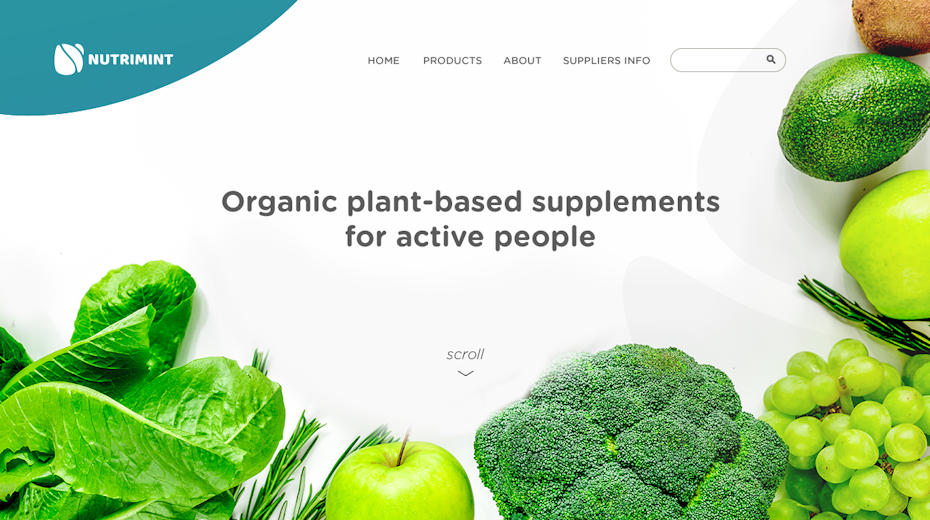
Some vitamin branding trends you might want to consider when building your vitamin brand include:
- Minimalism. When it comes to vitamin and supplement branding, sometimes less is more. In recent years, many vitamin brands have been forgoing over-the-top design for a more sleek, minimalist approach to branding. Going for a minimalist look with your vitamin branding can send the message that you have nothing to hide (and, as such, aren’t hiding behind bold colors, graphics, or other design elements)—which can help drive trust with consumers.
- Customization. One of the biggest trends in the vitamin and supplement world right now? Customization. Instead of taking a one-size-fits-all approach, many vitamin brands are coming up with customized products for their customers. Again, this can help increase trust; your customers will see that you’re taking the time to develop products and product ones that speak to them—for example, multivitamins specifically for women over 50 or customized supplement regimens based on health concerns.
- Using ingredients as design inspiration. If you want it to be immediately clear what ingredients are in your vitamins or supplements, why not use your ingredients as design inspiration? Many vitamin companies build their branding and design strategy around their key ingredients—so, for example, using an orange color palette or graphics of an orange for a vitamin C supplement.
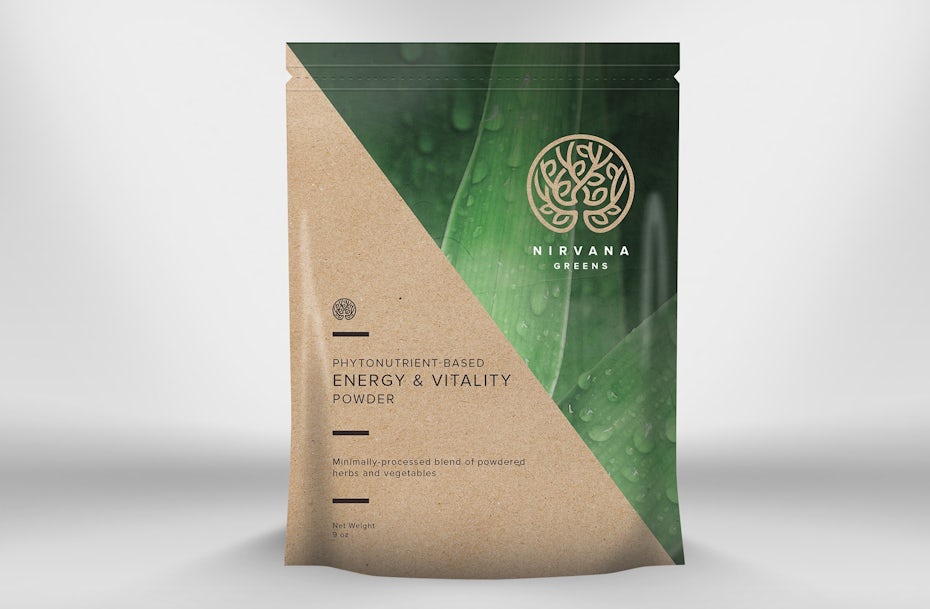
Get out there and brand your vitamins
—
Building a vitamin brand takes time, energy, and dedication. But now that you know the steps you need to take to build a sustainable and successful vitamin or supplement brand, all that’s left to do? Get out there and get branding!
Need help branding your vitamin or supplement?
Our designers can create the perfect look for your brand.
The post The ultimate guide to supplement and vitamin branding appeared first on 99designs.
No comments:
Post a Comment